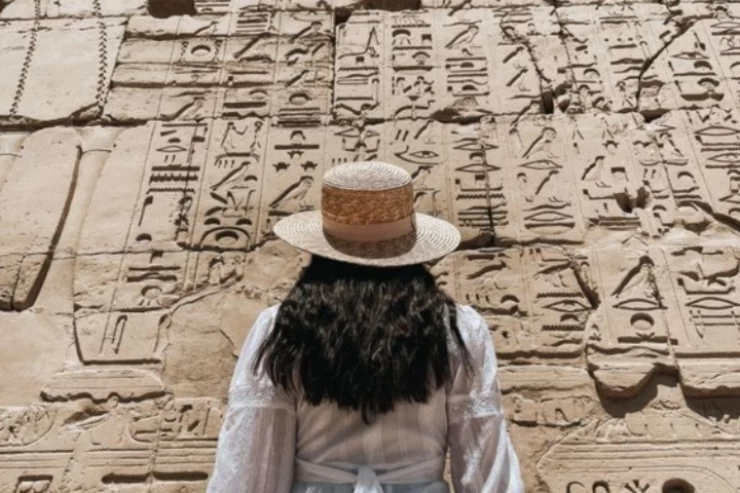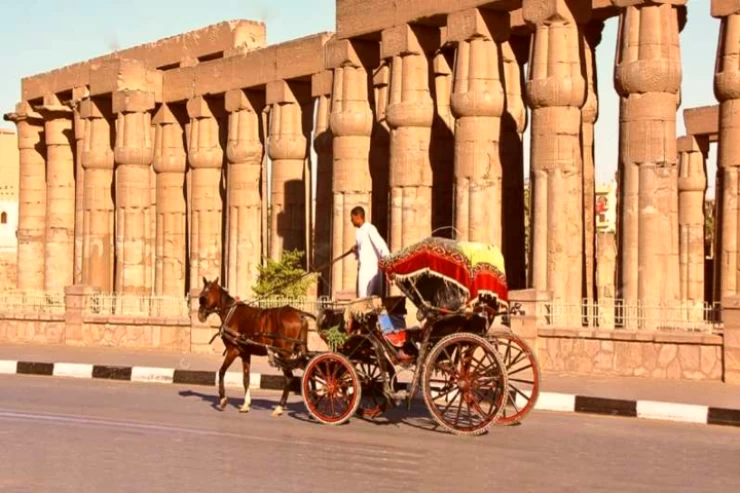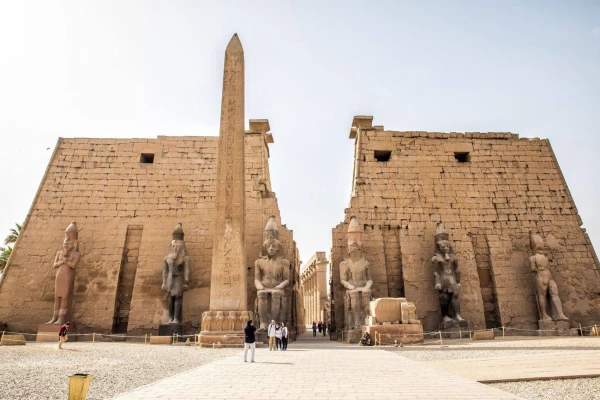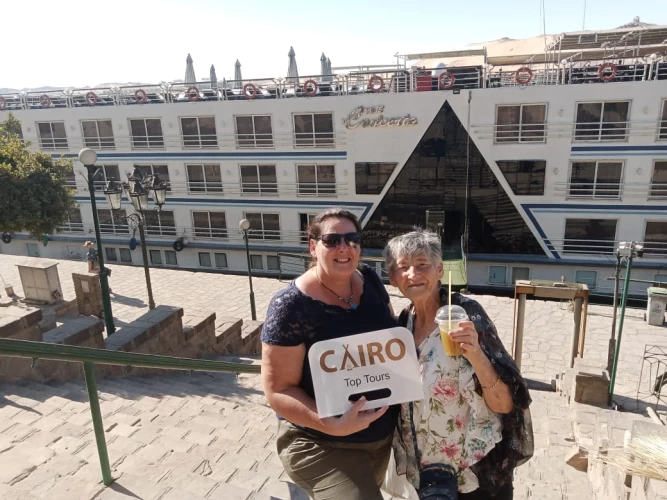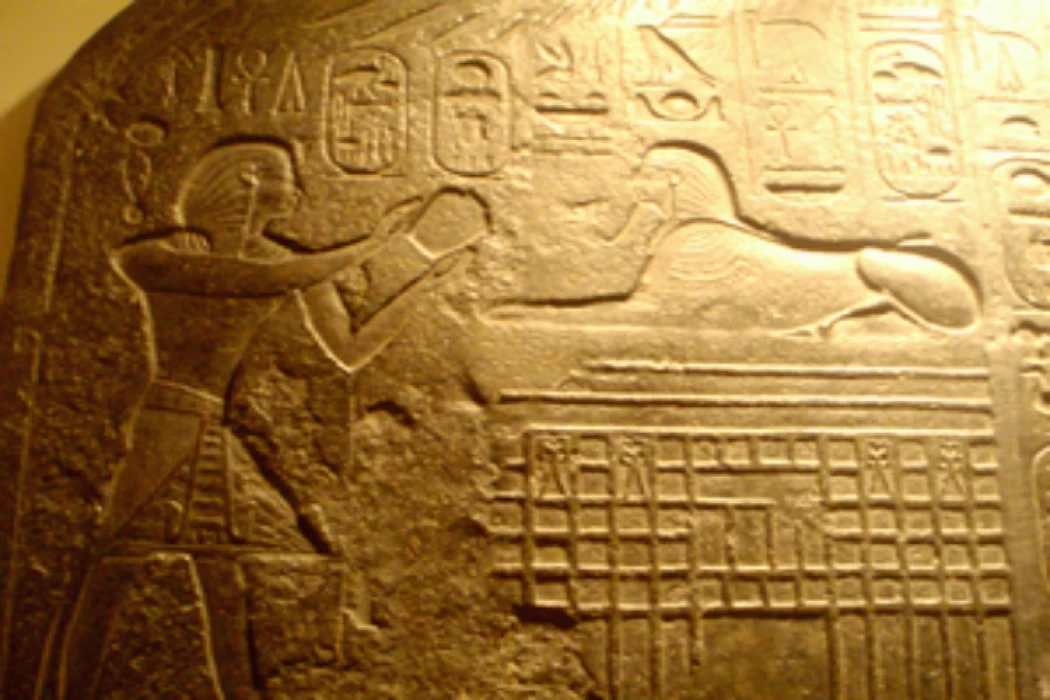
Tomb of King Tuthmosis IV in Luxor
Tomb of King Tuthmosis IV in Luxor
The tomb was discovered by the English scientist Howard Carter in 1903 AD.
The architectural design in the form of the letter L “arched axis” is the design of the royal cemetery, as all royal tombs in the Valley of the Kings in the era of the 18th Dynasty were built on the same design of the arched axis.
Where the tomb begins with 2 stairs down, each stairway leads to a corridor and is met by a compound corridor at the column hall room, then a corridor down by 90 degrees, then the waiting room for the priests and the family, then at an angle of 90 degrees we find the mummy’s burial chamber, which contains the royal sarcophagus and contains 6 stone columns And 4 small rooms.
On the walls of the antechamber, you will see an inscription of King Tuthmosis IV with a group of ancient Egyptian deities that differ according to the clothes worn by the Pharaonic king.
You will see reliefs at the lower well chamber of the king with the goddess Osiris, Anubis, and Hathor, and the ceilings of the room are painted with yellow stars on a blue background.
In the antechamber, you will see an inscription of King Thutmose IV receiving Osiris, Anubis, and Hathor, and then texts in the hieratic language.
When you enter the burial chamber, you will see a small-sized kotin, the pharaonic magic niches were used to place them in the pharaonic royal tombs, starting from the 18th dynasty.
The mummy of Thutmose IV:
The mummy of King Thutmose IV was discovered in 1898 AD by archaeologist Victor Lort during excavations and research in the tomb of King Amenhotep II No. 35 in the Valley of the Kings. After analyzing the mummy of the king, it was discovered that he died at the age of 30 after suffering from a range of diseases.







